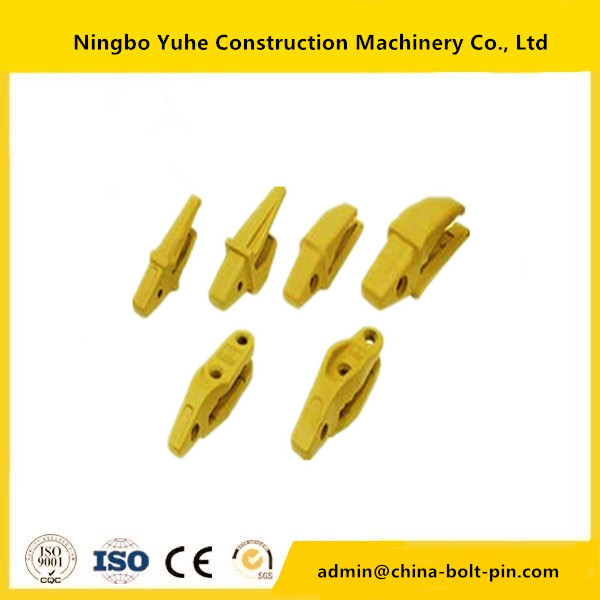Nowadays in the market economy, with the continuous improvement of technology, as well as the continuous development of science and technology, the current engineering field in the market economy has a certain development trend, and now the bucket pin is mainly used in today’s excavator more widely.In the use of its machinery, it has good characteristics.In order to make its products in use, with a good function, so in the corresponding production and manufacturing, there are certain standards.
In the bucket tooth pin for the corresponding use of it has a good function, now people in the corresponding processing of its products, there are certain standards.That is to say, when the finished product is produced, the standard process flow is adopted.In the corresponding processing process, there are sand casting, forging and precision casting.In the corresponding casting process, there are different standards.
Bucket pin in the application of people, because of its good function, so it can be widely used in different machinery applications.In order to make it in the application, has the good characteristic, therefore carries on the corresponding production to its product, will carry on the manufacture according to the relatively strict request.
1. The forging process includes: cutting materials into required dimensions, heating, forging, heat treatment, cleaning and inspection.In a small manual forge, all these operations are carried out by a number of blacksmiths, hand and hand, in a small space.They are all exposed to the same harmful environmental and occupational hazards;In large forging workshops, the hazards vary with the job.
Working conditions although working conditions vary according to the type of forging, they have certain characteristics in common: moderately intense manual labor, a dry and hot microclimate, noise and vibration, and air pollution by smoke.
2. Workers are exposed to high temperature air and thermal radiation at the same time, resulting in the accumulation of heat in the body, heat plus metabolic heat, resulting in heat dissipation imbalance and pathological changes.The amount of perspiration produced by an 8-hour labor will vary with the small gas environment, physical exertion, and degree of thermal adaptation, generally ranging from 1.5 to 5 liters, or even higher.In a small forging workshop or far away from the heat source, the heat stress index of BJH is usually 55~95.However, in a large forging workshop, the working point near the heating furnace or drop hammer machine may be as high as 150~190.Easily cause lack of salt and heat spasm.Exposure to microclimatic changes during the cold season may contribute to adaptation, but rapid and too frequent changes may pose health risks.
Air pollution: the air in the workplace may contain soot, carbon monoxide, carbon dioxide, sulfur dioxide, or acrolein, depending on the type of fuel used in the heating furnace and the impurities contained, as well as combustion efficiency, airflow, and ventilation.
Noise and vibration: the type forging hammer will inevitably produce low frequency noise and vibration, but may also have certain high frequency components, the sound pressure level of 95~115 db.Workers’ exposure to the forging vibration may result in temperamentality and dysfunction, which may reduce working ability and affect safety.
Post time: Dec-23-2019
